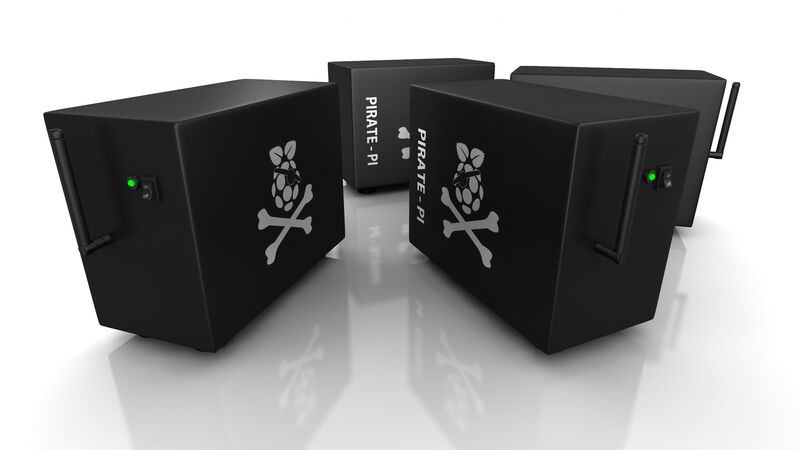Raspberry Pi(rate)Box
Raspberry Pi(rate)Box 1.1.4 is now available for download via BitTorrent! See our easy DIY instructions below for details on how to build your own Pi(rate)Box. And learn more about the PirateBox project here.

PirateBox 1.1 Features
Responsive design for ease of use with phones and tablets; UPnP Media Server for local streaming of movies and songs; Image and Message Board for 4chan-like functionality; chat room for anonymous communications; browser-based file sharing system!